Essential Home Repairs You Can Master in 30 Minutes
Difficulty: Novice
Time: 15-30 minutes each
Cost: $5-$75 per repair
Something breaks. You stare at a service quote that costs more than your grocery budget. There is a better way. Here is your shortcut to becoming the neighborhood go-to fix-it person. Many repairs that look complicated break into simple, logical steps you can follow, and research shows that completing DIY projects builds confidence while making your space feel like yours. Even the pros say beginners can handle a surprising number of repairs that seem intimidating at first.
What You'll Need
Basic Tool Kit
Adjustable wrench
Screwdrivers (Phillips and flathead)
Pliers
Non-contact voltage tester ($15)
Small drywall patch kit ($20)
Baking soda and white vinegar
Thread sealant tape
Materials to Keep on Hand
Replacement washers and O-rings
Toilet repair kit
Light switches and outlet covers
Spackling compound
Touch-up paint
Safety First
Power OFF at the breaker, then verify with a non-contact tester. Keep a first aid kit nearby. Turn off the power or gas supply to the water heater before inspecting or replacing parts.
Steps
1. Start with Water Winners
Most so-called mysterious home problems come from wear on inexpensive parts. Worn washers, cartridges, or O-rings are common culprits of faucet leaks. Most connections can be hand-tightened, no fancy tools required.
For toilet troubles, start simple. A running toilet often comes from a malfunctioning flapper, chain, or fill valve. Most toilet issues are solved with a quick replacement part and a bit of tinkering. The water in the tank is clean —it's the same water from your tap.
Tip: The average home wastes nearly 10,000 gallons of water each year due to leaks and drips, most of which are completely preventable.
2. Water Heater Quick Checks
Before you book a pricey visit, run this quick checklist. Check the circuit breaker first; a tripped circuit can cause your electric water heater to stop heating water.
Electric Units: Turn off the breaker and verify that power is off. Remove the upper heating element's access panel, then remove the plastic safety guard and insulation. Press the high-temperature cut-off reset button, which is the red button just above the upper thermostat.
Gas Units: Check the main gas valve to ensure it is open. Turn the gas knob to "pilot," then press and hold it down. Keep holding the gas knob down for a full minute so that the pilot light can heat the thermocouple.
3. Clear Drains Naturally
Clogs usually come from hair or greasy grime and often clear with a plunger, no chemical drain cleaners required. Start with the plunger; many blockages respond to good suction and pressure.
Natural Method: Pour 1/2 cup baking soda, then 1/2 cup vinegar, wait 30 minutes, flush with hot water. This method is preferable as it's eco-friendly, avoiding harmful chemicals. For shower drains specifically, start by removing any debris collected at the surface using a bent wire hanger or similar tool.
Why avoid chemicals? If the clog does not clear and you need a plumber, those chemicals make the job more dangerous. Proactively using baking soda and vinegar can help prevent drains from clogging.
4. Safe Electrical Fixes
Replacing a light switch is one of the simplest electrical fixes, even though most electrical work should go to a professional. Voltage tester (~$15), essential for electrical safety.
Before any electrical work, power off at the breaker. Always turn off the circuit breaker before beginning any electrical work to reduce the risk of electric shock; always verify that the conductors are de-energized before touching them. Then verify. Use a voltage tester to test all of the wires in the water heater. Never assume power is off.
Replacement switches are relatively inexpensive and easy to install. For a faulty switch, carefully remove the plate, unscrew the switch element, and inspect the wiring.
5. Wall Patches That Look Professional
Small drywall patch kits can run about $20 for everything you need. Small holes and cracks naturally appear due to furniture movement, impacts, or the removal of nails and screws.
Clean and widen the crack or hole using a putty knife to remove any loose plaster or drywall. Apply a thin layer of spackling paste for best results, allowing each layer to dry before adding more.
Pro secret: feather the edges well beyond the hole so there is no visible repair line. Most errors are fixable and invisible once finished. Store leftover materials in labeled containers for future touch-ups.
Cleanup & Disposal
Store leftover materials in labeled containers
Toss old washers and faucet parts with regular trash
Keep spare parts organized for next time
Clean tools after each use to extend their life
Troubleshooting
Problem: Repair did not hold → Fix: Ensure surfaces were clean and dry before starting
Problem: Still getting leaks → Fix: Check if all connections are properly tightened
Problem: Wall patch looks obvious → Fix: Sand smoother and feather edges wider
Your Confidence-Building Action Plan
Choose fixes that avoid permanent changes, outlet covers, cleaning, and minor patches with landlord approval if you are renting. Patch walls before painting rooms, and get comfortable with switch replacement before tackling outlets.
Doing repairs yourself cuts labor costs you would otherwise pay a pro. DIY teaches you how your place works, almost like learning a new language —house language — so those creaks and drips start to make sense before they become emergencies.
Why it works: Each successful repair builds skills for the next challenge. Once you have fixed a leaky faucet, replacing a showerhead feels manageable. After patching nail holes, larger drywall repairs seem doable. Home improvements completed through DIY work can also increase your property's market value.
Remember: Slow is smooth, smooth is fast. Start small, build your skills, and tackle bigger projects as your confidence grows. You have got this.




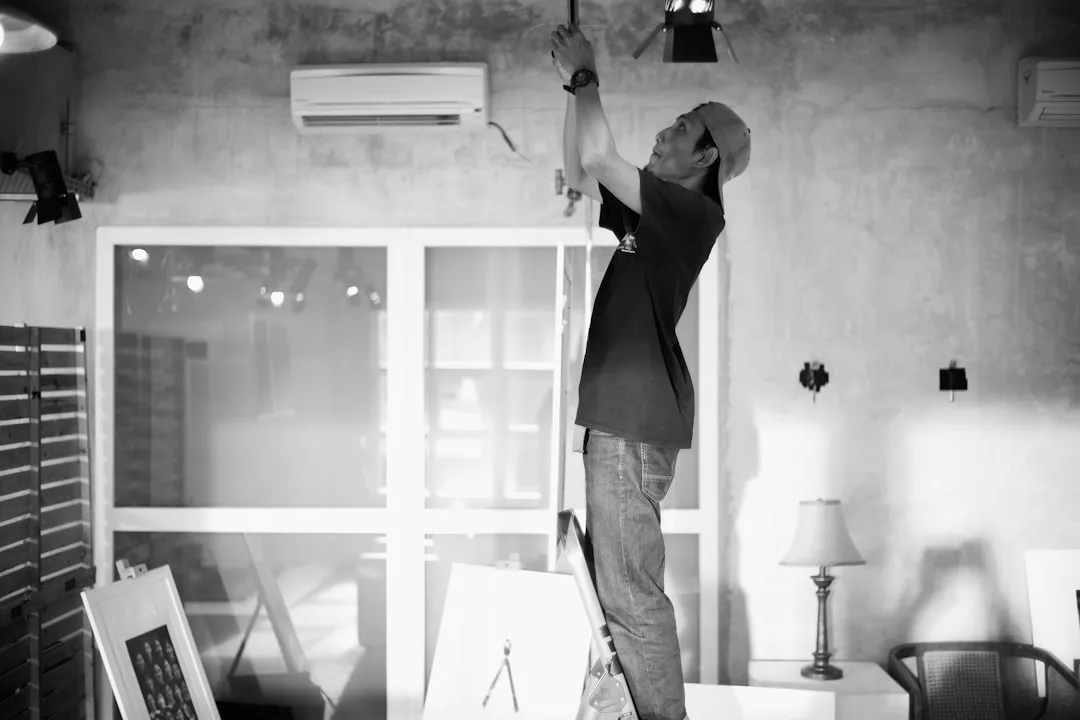


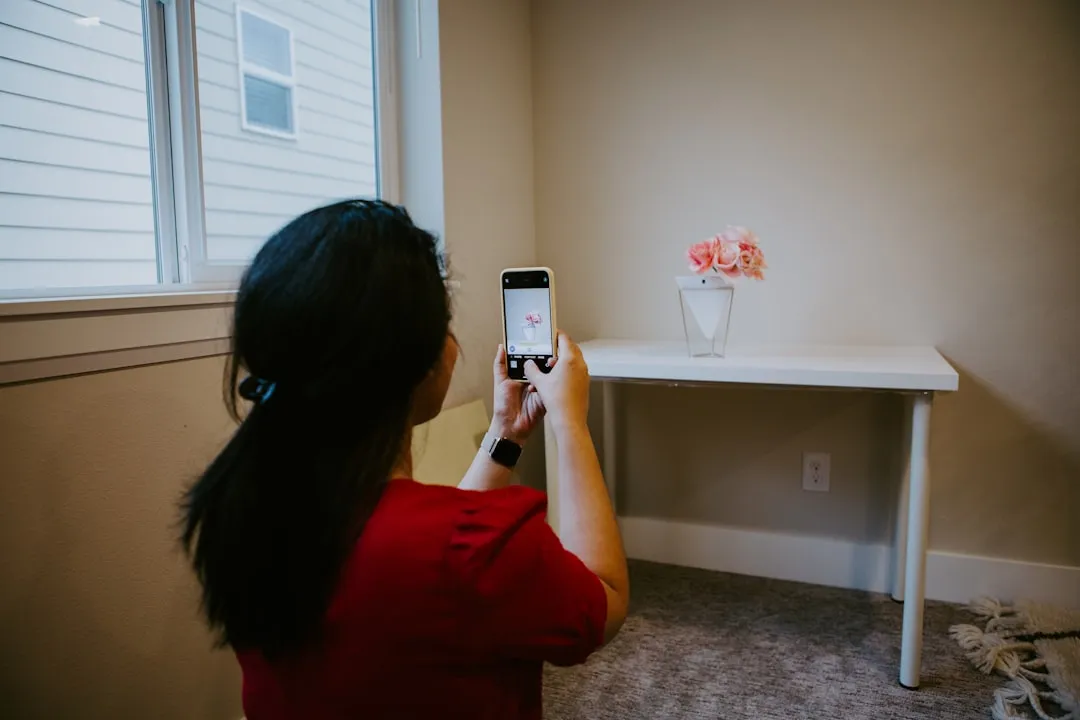
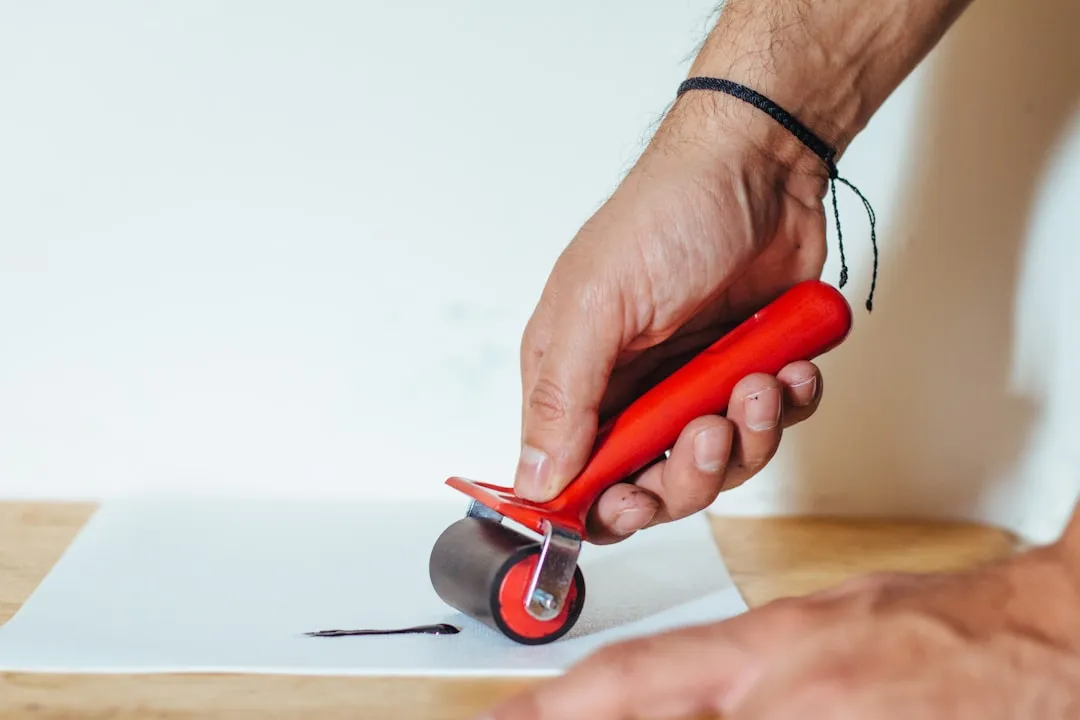

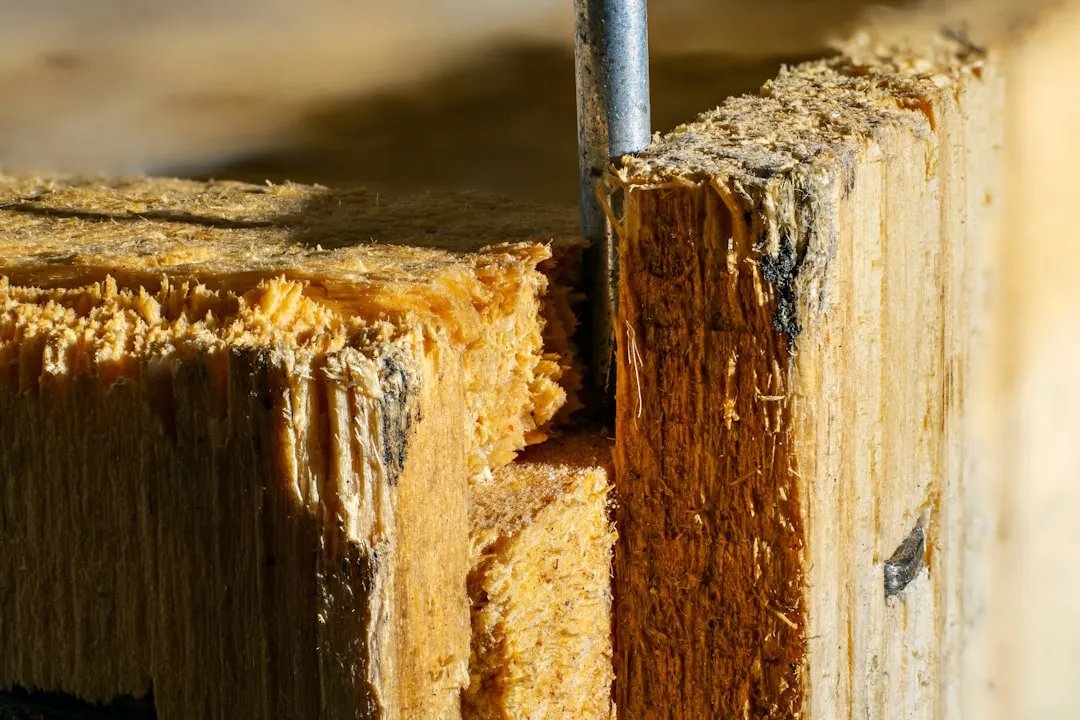



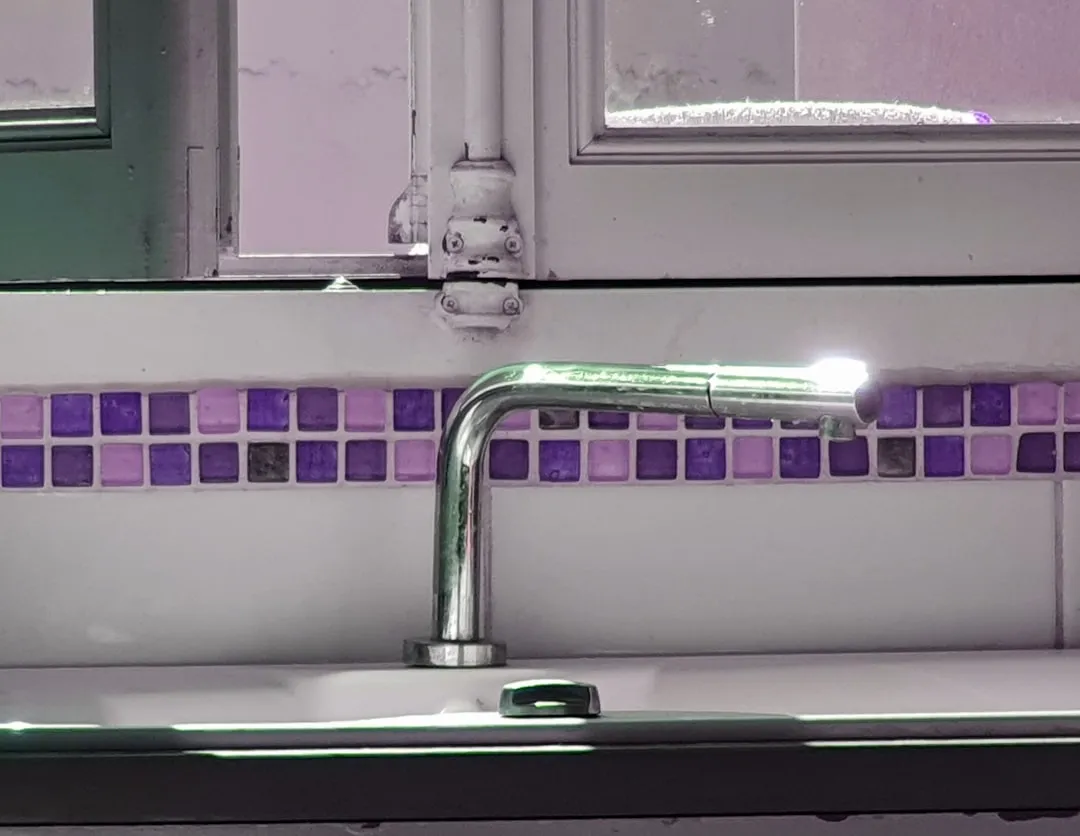
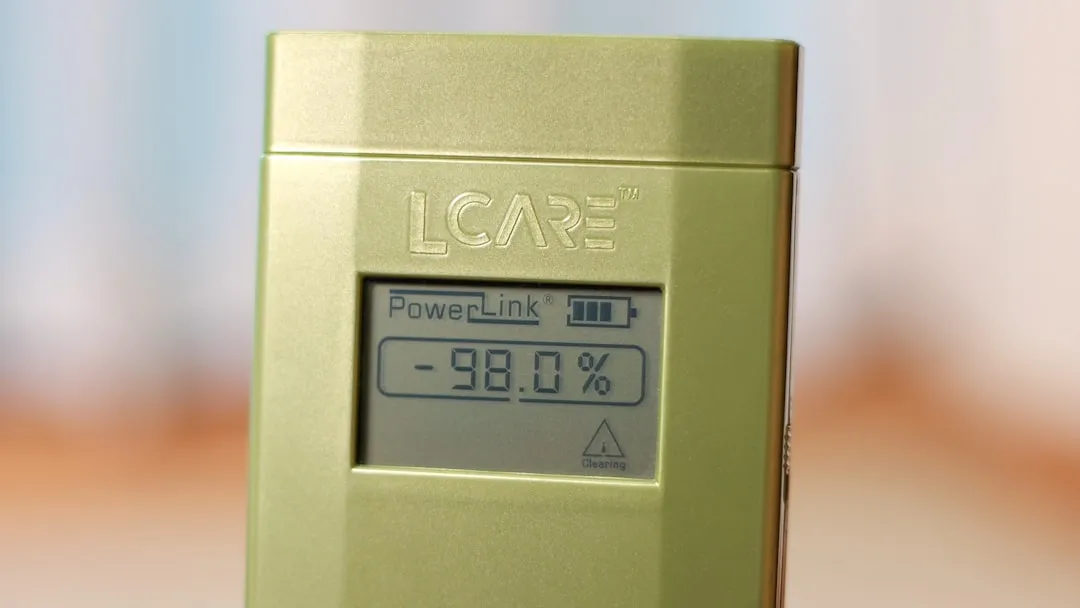
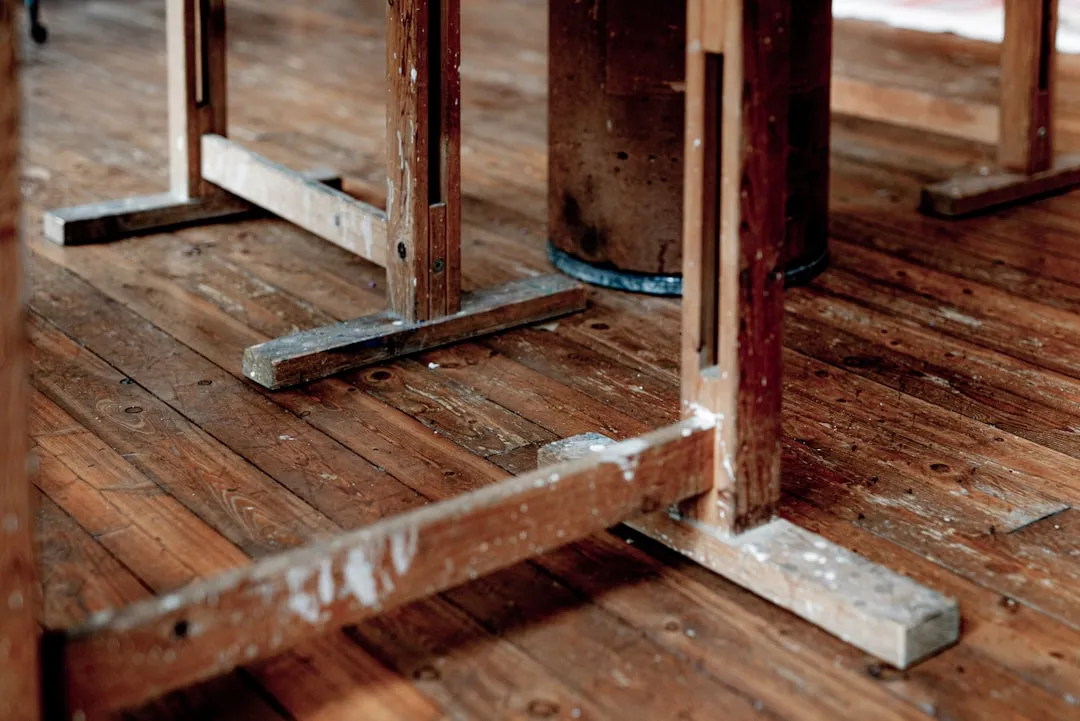


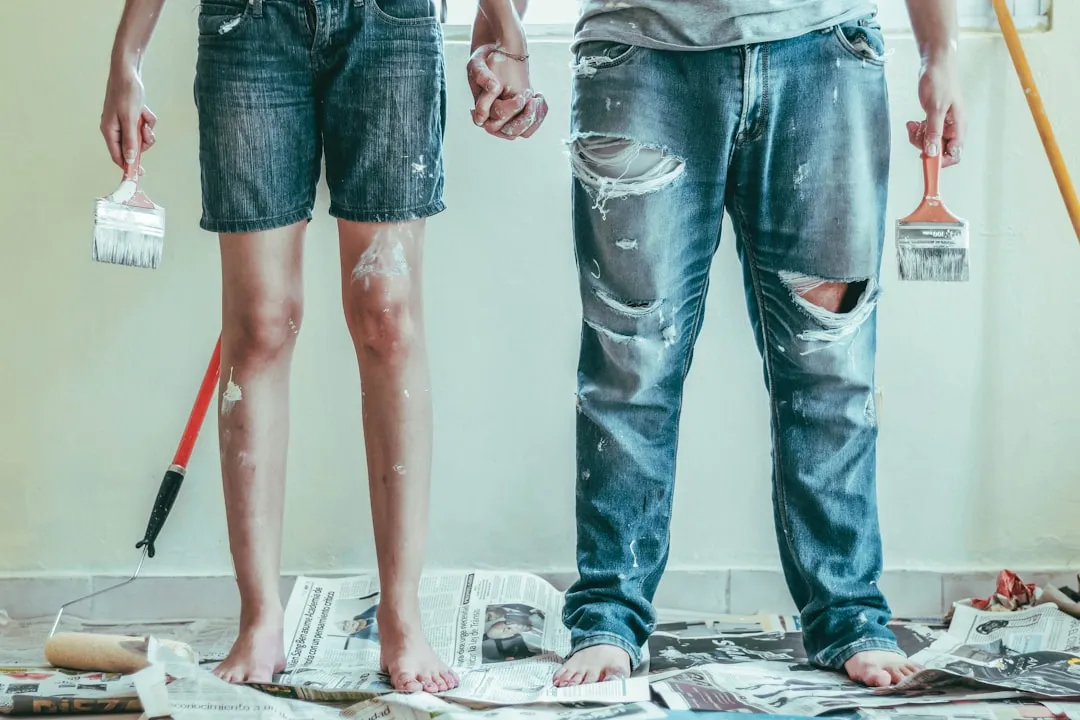
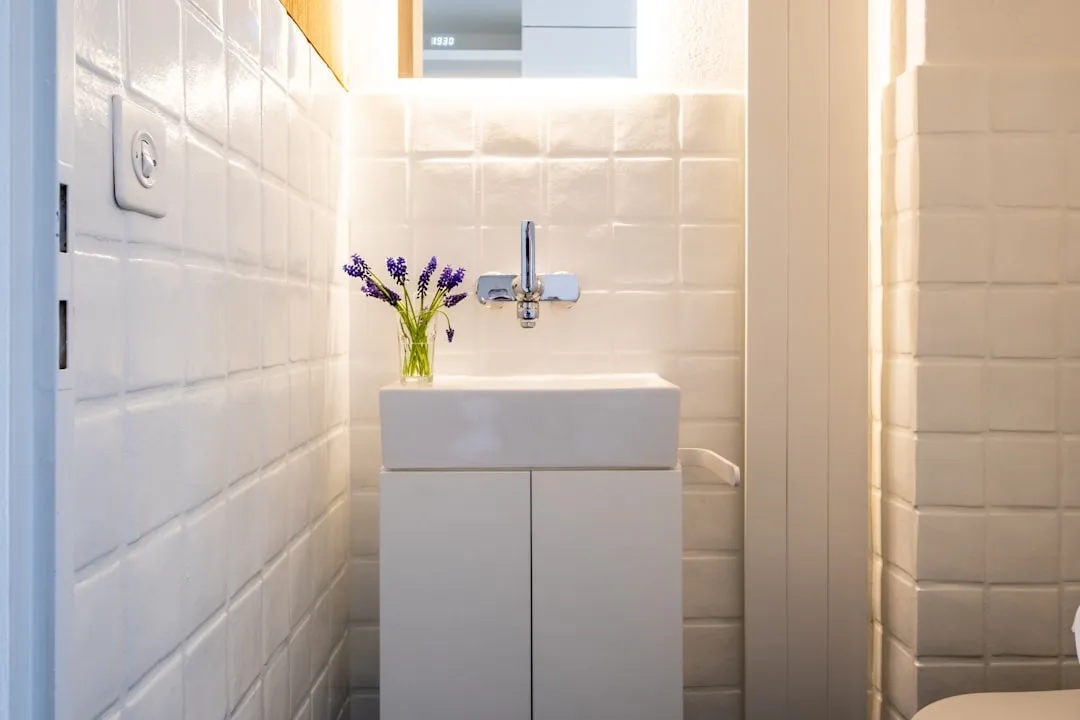


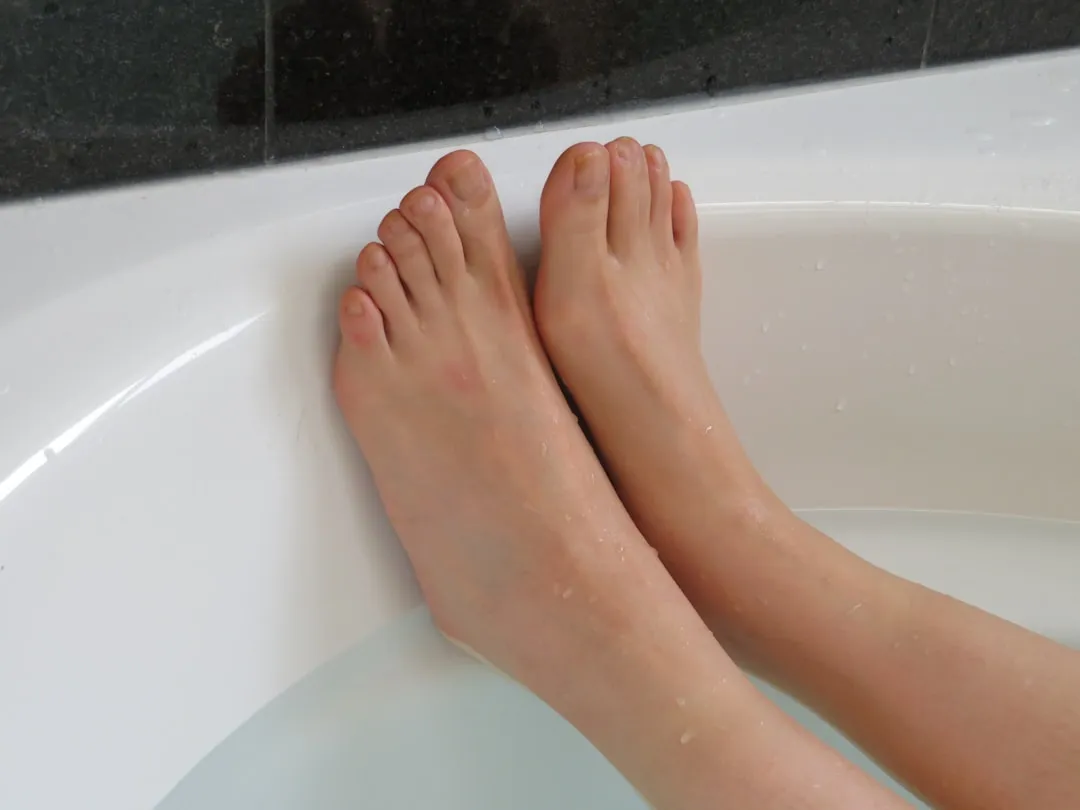
Comments
Be the first, drop a comment!